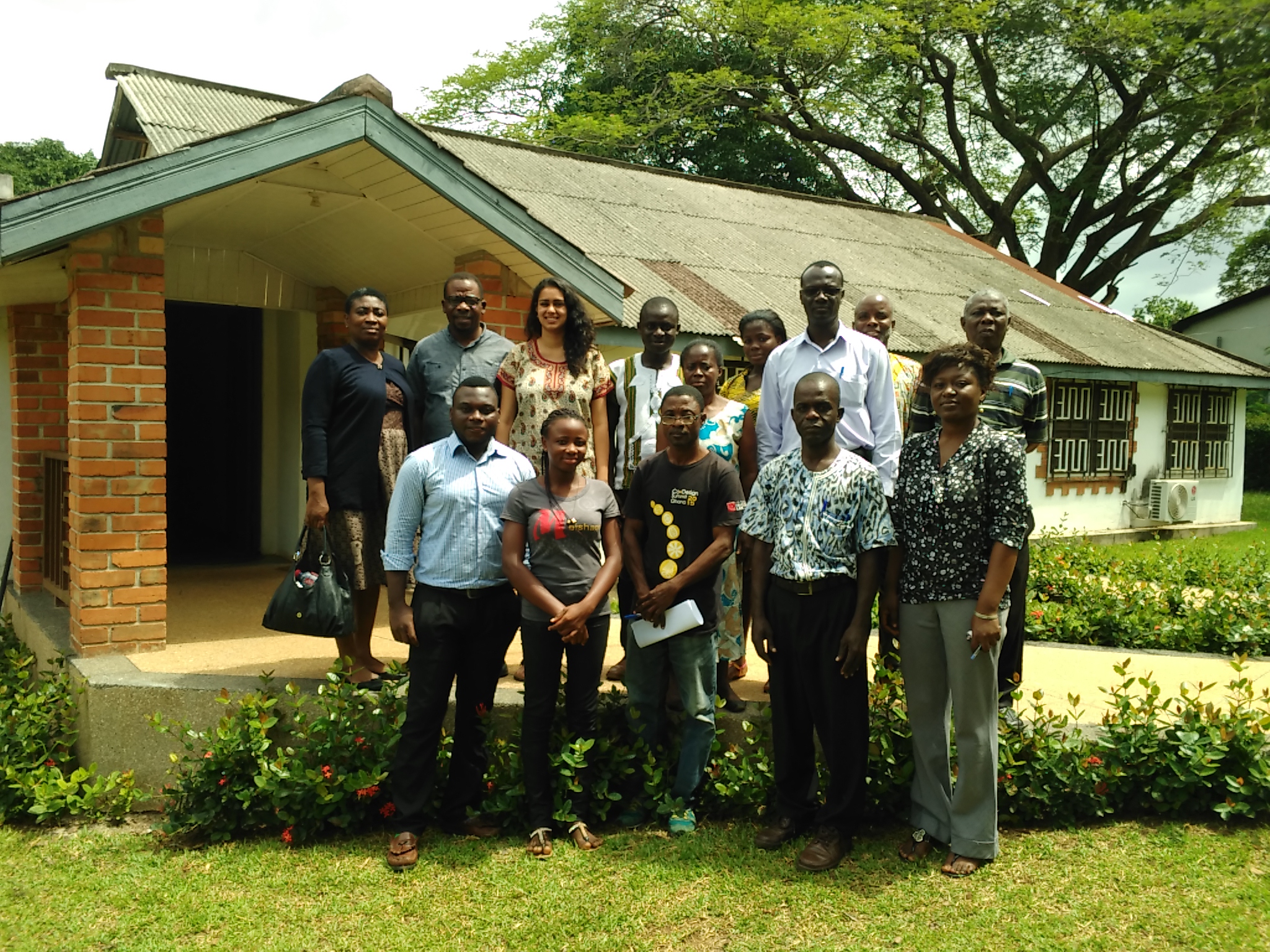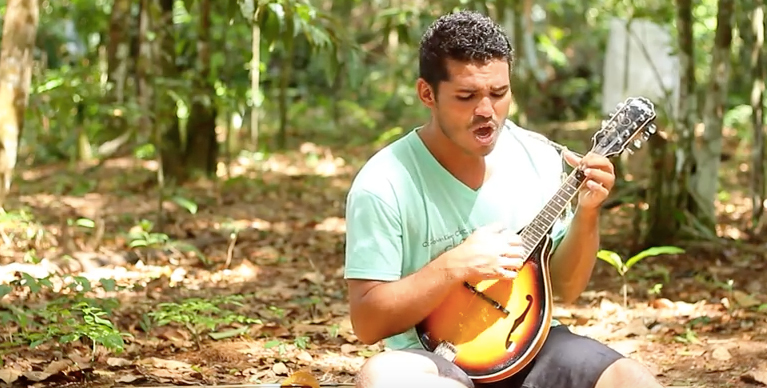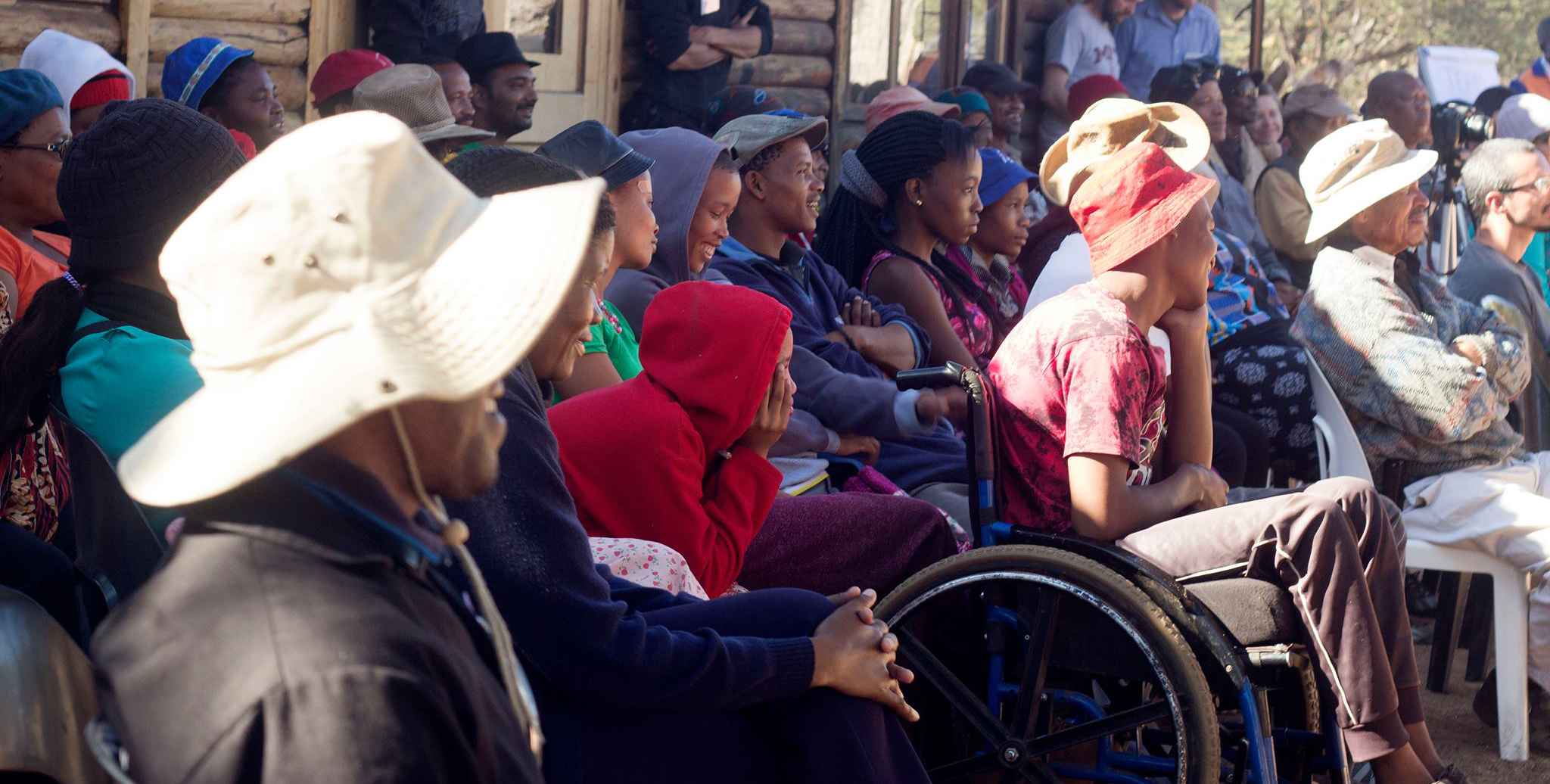Collective Introspection: The Seed of Good Monitoring & Evaluation (Part I)

As a monitoring and evaluation enthusiast, I often spend time thinking about the seeds of good “M&E.” Is it rigorous data collection? A robust system of metrics-indicators-outputs-targets-standards? Skilled and objective evaluators?
These are all important components of M&E, but I argue that the most important seed is inclusive, collaborative introspection to produce a clear vision for change. Without this step, even the most rigorous evaluation of programs will generate a muddled mess of data that is unlikely to be very useful.
I spent the beginning of June with IDIN’s partner in Kumasi, Ghana, the Technology Consultancy Center (TCC) at the Kwame Nkrumah University of Science and Technology (KNUST). There, I led staff in this exercise of collaborative introspection for their Creative Capacity Building (CCB) program (acronyms galore!)
First developed by MIT D-Lab, CCB is a 3-5 day training in which community members learn the design process, practice basic hand tool skills, and then work in groups to design technologies that could improve their own or their communities’ wellbeing. IDIN partners in Tanzania, Uganda, Zambia, Botswana, and Colombia offer CCB trainings year-round.
Even though the curriculum has remained fairly standard across settings, each partner implements it in slightly different ways, with different audiences and for different purposes. These subtle but important differences call for tailored monitoring and evaluation systems.
Bearing this in mind, IDIN staff and fellows are working with each CCB implementing partner to develop its own theory of change: a statement explaining how the CCB program leads to impact in the local community. Once a partner has created a theory of change, IDIN works with them to interview past participants of CCB to verify and adjust the theory of change.
The goals of these trips are twofold:
- Micro-level: To help partner staff define the outcomes and the ultimate impact they would like to see in communities as a result of CCB. Measuring these outcomes will form the basis for their monitoring and evaluation system.
- Macro-level: To document the various theories of change from partners around the world in order to create a global theory of change for all CCB programs.
In Ghana, my workshop began with a rich discussion of change. Do we have a clear idea of how CCB creates change in the communities where we work? Does CCB affect all people the same way, or differently? Is it more important for CCB create change at the individual level or at the societal level?
We then moved into a discussion of impact, and why we measure it. The KNUST staff came up with the reasons focused on improving the program: “to make sure CCB has an effect on people,” “to know the shortfalls in the CCB training,” and to make sure CCB is “adapted to each community’s needs.”
After establishing the “why,” we moved into the “what.”
What impacts of CCB did the staff want to see on a local community? What was their vision for the future? After some time to reflect individually and share with a partner, we had a fruitful group discussion that revealed common themes across visions. Their visions broadly clustered into the categories of a better economy, greater social wellbeing (better health and education), a more innovative society, and greater environmental sustainability.
Once this vision was established, we worked backward to determine the outcomes the staff desired for the farmers, artisans, and other community members that participate in CCB. Staff identified the outcomes that were most important to them after a CCB is finished.
Staff hoped that CCB participants…
- Continue to work collaboratively on their CCB technologies
- Create new technologies to solve other challenges
- Use these technologies for their own benefit
- Disseminate these technologies for the benefit of others
- Apply CCB ideas and skills to their lives
Once we had determined these outcomes, it was time to test them out! We traveled to three communities: Suame Magazine, Konongo and New Longoro and conducted in-depth interviews with 30 participants. We asked them about their goals before the CCB, their experience during the CCB, and the changes they had observed after the CCB.
Stay tuned for part two of this blog series, where I’ll share insights from my conversations with CCB participants themselves!
Maya Ranganath is working as an IDIN M&E Fellow this summer. She just finished her Masters at the Fletcher School of Law and Diplomacy, focusing on Gender and M&E in International Development. Prior to Fletcher, Maya worked for the NGO Women in Cities International in Canada, and for J-PAL South Asia in India. She can be reached at maya.ranganath@tufts.edu.






